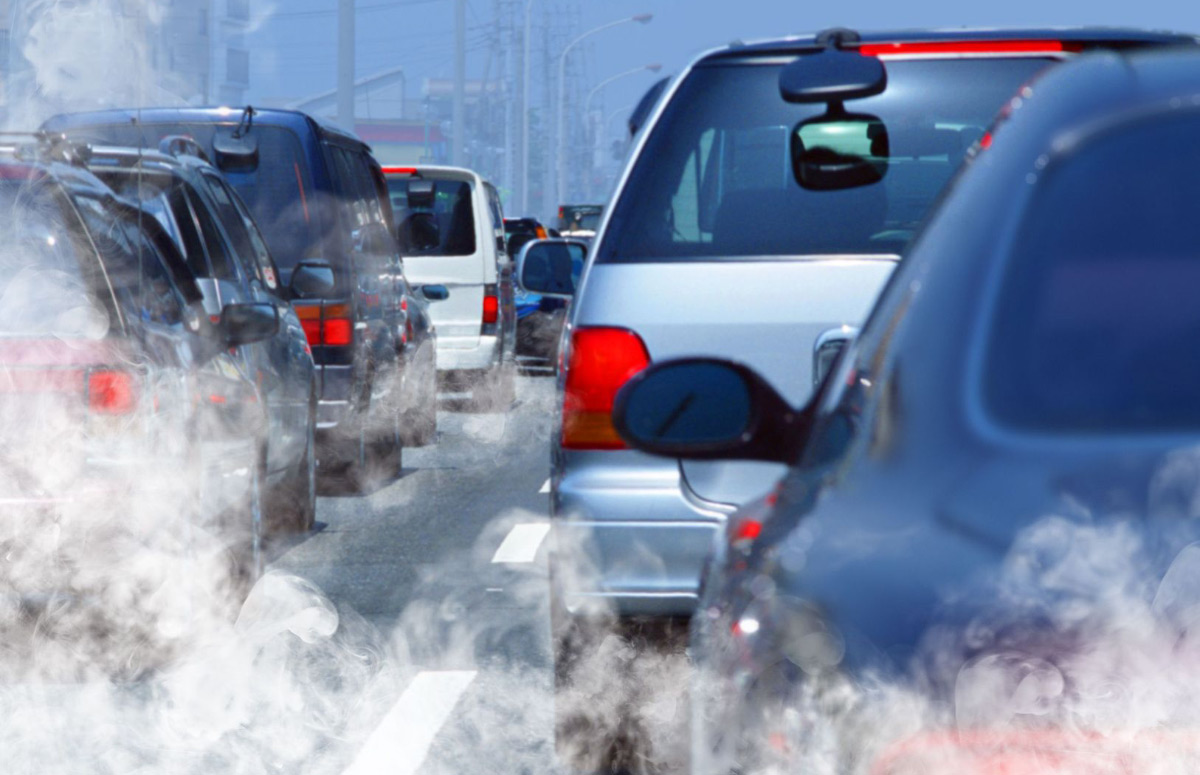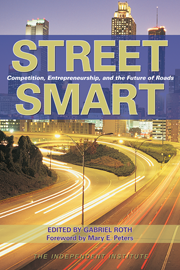Economists have preached for decades that tolls can reduce traffic congestion. As the Trump administration implements its infrastructure proposal, tolls should be part of the mix.
But tolls are no panacea for lack of federal funds. They need to be carefully designed to achieve efficient results. Tolls produced bizarre results when introduced on a section of Interstate 66 from the Virginia suburbs to Washington, D.C., last December. In the opening days, motorists were charged $40 for a ten-mile trip. Subsequently, the tolls averaged $8.88 for the morning (inbound) trips, and $4.60 for afternoon (outbound) ones. But the unexpected opening tolls were so high that further tolling applications may have been discouraged.
What errors did Virginia make with I-66 tolling, and what could be done to improve the design of other toll roads?
In typical cases of congestion, vehicles move faster when the volume of traffic decreases. Therefore one effect of tolls is to increase traffic speeds by reducing the number of vehicles in the scarce road space. The higher the speed desired, the higher the toll has to be in order to exclude a higher number of vehicles from the congested road.
The target speed selected by Virginia was 55 mph. No studies appear to have been made to ascertain that that speed would actually maximize economic benefits. Such studies need to be made before speeds are (as has been suggested) reduced to 50 mph, or even 45 mph.
A major objective of tolls is to let paying drivers travel more quickly. If some vehicles, say, high-occupancy vehicles (HOVs), are to be exempt from payment, tolls would have to be higher than otherwise for nonexempt vehicles to achieve the speed objective. But since HOVs impose the same costs as single-occupancy vehicles, exempting HOVs makes little economic sense. (Hotels do not offer free rooms to people willing to share them.) Tolls themselves already encourage car sharing, and counting the people in vehicles has always been difficult. The claim that the HOV exemption significantly increases car sharing is not borne out by evidence. Many HOVs carry family members who would travel together even without a toll exemption.
Virginia announced that the state planned to use the bulk of the toll revenues to subsidize public transportation, which is not used by those who pay the tolls. This is inconsistent with market-economy principles, which generally encourage the expansion of congested facilities to benefit those who pay to use them. Rather than use the revenues for public transportation, Virginia should use them to expand the capacity of I-66. Such expansion would eventually enable more vehicles to be accommodated and tolls to be reduced.
Even when all necessary studies are done and the desired target speeds are determined, there can never be certainty that the selected tolls will achieve their forecast effects. To allow for such uncertainty, the authorities ought to announce the preferred speeds on the congested facility and impose a start-up toll lower than the one predicted to be necessary. The toll could then be adjusted—up or down—until the desired traffic speeds and flows are reached. Starting with a lower toll would have a further advantage of giving travelers more time to adjust to the new conditions.
Addressing these issues would make it easier to use tolls to reduce traffic congestion and fund infrastructure. But tolls have other major advantages:
- They can help to give priority to the most urgent trips—such as reaching a hospital or catching a plane, and
- They can raise revenues to expand the capacity of congested facilities. Even where there is no room for additional lanes, it is often possible to expand road capacity by improving intersections or traffic lights.
Where public authorities have difficulty introducing tolls, private entities can be contracted to operate them, as has been done successfully elsewhere in Virginia. The Trump administration should encourage the use of tolls as an essential component of its infrastructure program.









